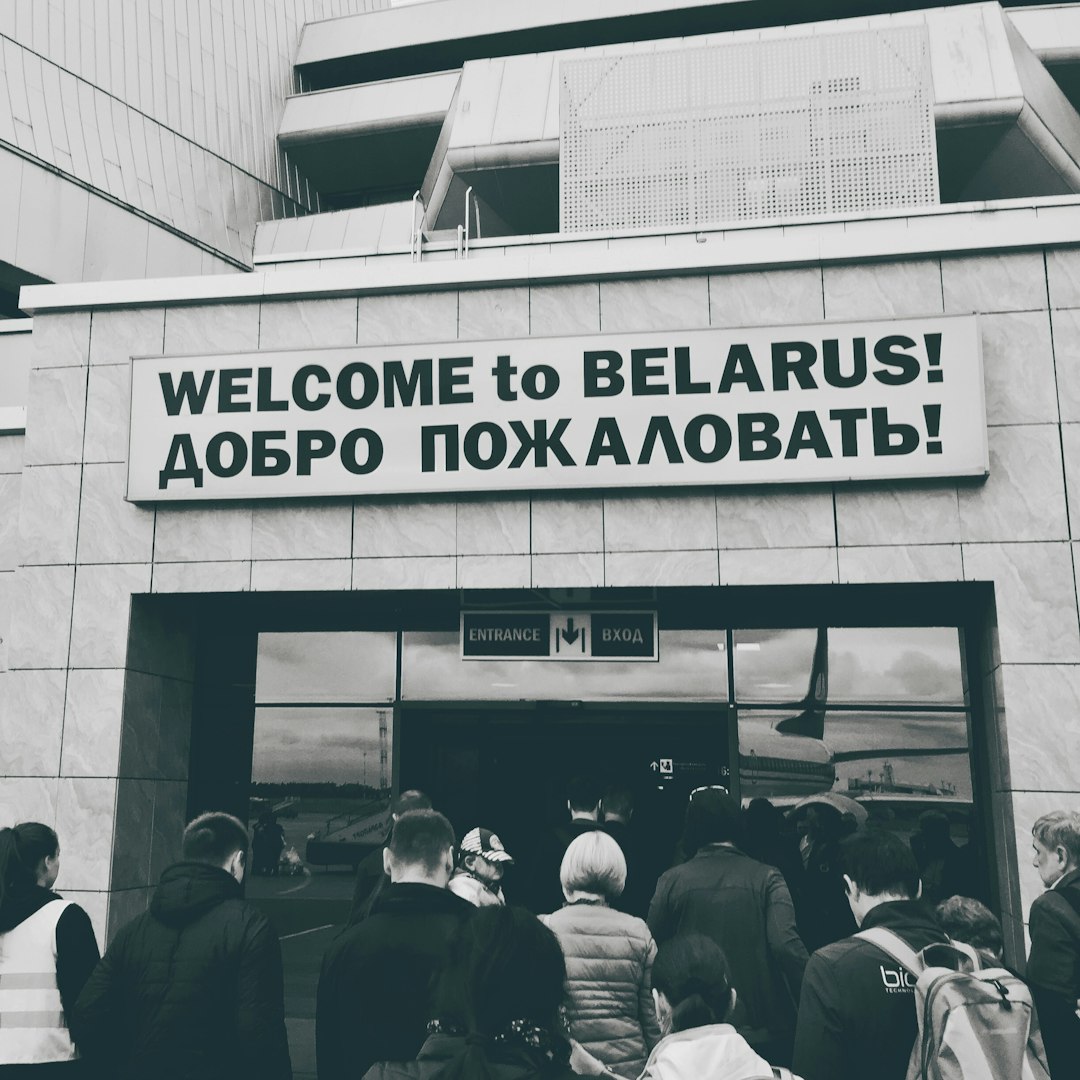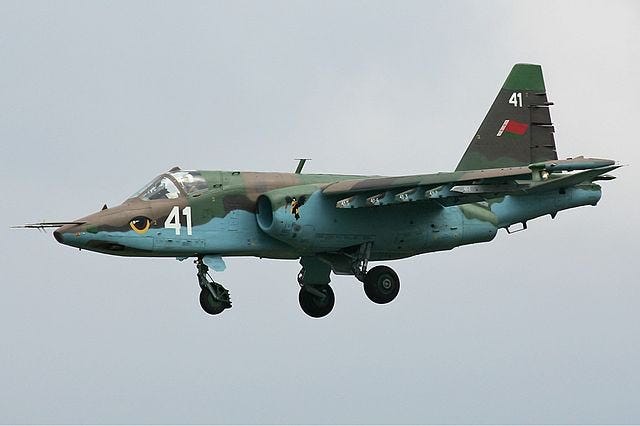Vladimir Putin is once again rattling his nuclear saber, hoping to frighten Western publics, convincing them to end their support for the Ukrainian resistance to his invasion.
On March 25, the Russian president announced that he would soon deploy nuclear warheads in neighboring Belarus. It is not an immediate threat, but it must be taken seriously. More threats are certain to follow.
Just for starters, we should note that Putin’s move directly contradicts the Russia-China Joint Statement issued just four days prior. Oliver Meier, policy and research director at the European Leadership Network, pointed out that the statement declares that “All nuclear-weapon states should refrain from deploying nuclear weapons abroad and withdraw nuclear weapons deployed abroad.” Chinese President Xi Jinping cannot be pleased that Putin is violating their agreement before the ink is even dry.
The move also contradicts Russia’s previously held position that Article I of the nuclear Non-Proliferation Treaty prohibits “any transfer whatsoever of nuclear weapons or of control over such weapons directly or indirectly,” as nuclear policy expert Pavel Podvig points out.


Putin’s statement said that Russia is building a storage facility for tactical nuclear weapons in Belarus that would be completed by July 1. He compared this to “the same things that they [the US] have been doing for decades. They have [tactical nuclear weapons] in certain countries…We are going to do the same.” He indicated that Russia would train Belarusian crews to handle these weapons and will station 10 Su-25 fighter-bombers in Belarus to carry the weapons.
Hans Kristensen, director of the Nuclear Information Project at the Federation of American Scientists, told Reuters, “This is part of Putin’s game to try to intimidate NATO ... because there is no military utility from doing this in Belarus as Russia has so many of these weapons and forces inside Russia,”
Kristensen is exactly right. Militarily, the move is unnecessary. Russia keeps an estimated 1000 to 2000 nuclear weapons in storage areas in Russia that could be quickly fitted to a variety of dual-use weapons for delivery. Two of these sites are the Engels Air Base and the nearby Saratov-63 central nuclear weapons facility, both in Saratov Province. The air base is so close to Ukraine that Ukrainian forces have attacked the base with drones, causing damage to the planes there. Nuclear weapons could be mounted on cruise missiles carried by Tu-160 (Blackjack) and Tu-95 (Bear) bombers that Russia uses to attack Ukraine using conventional explosives.
If there is not an advantage to basing weapons in Belarus, why do it? Putin likely wants to raise fears among Western publics. Russian nuclear threats - begun even before he launched his invasion and issued nearly daily in the first half of the war - succeeded in restraining Western arms shipments. Only in the past few months have the United States and other NATO states been willing to give Ukraine the advanced armaments they held back for fear of “escalating” the war.
But these threats have begun to lose their impact. So Putin must raise the stakes. His illegal “suspension” of Russia’s participation in the New START treaty was step one. As I wrote in late February for The Daily Beast:
“Putin’s strategy is to break the unity of Western governments and the public. He is losing his war on Ukraine. His only hope is to try to overwhelm Ukrainian defenses with repeated infantry and artillery assaults. To do that, he must end Western military aid. He must stop the supply of ammunition, weapons, and other supplies. He must convince Western societies that helping Ukraine risks nuclear war.”
Sending nuclear weapons to Belarus is step two. Putin wants to feed directly into right- and left-wing opposition to the war. These isolationists and “restraint” advocates want to force Ukraine to end the war by declaring an immediate cease-fire, promising Ukrainian neutrality and agreeing to Russian occupation of parts of the country, particularly Crimea. The right of Ukrainians to determine their own strategy and their own future must be subordinated, in this view, to the need to end the war. (I wrote more about this in February for the online magazine Persuasion.)
Putin’s nuclear threats, for example, are likely to fit in perfectly with Gov. Ron DeSantis’ view that we should not aid Ukraine because it could risk nuclear war.
Finally, Putin is creating a nuclear fear fog by claiming that his move was triggered by the British government’s decision to send anti-tank rounds made with depleted uranium to Ukraine. Uranium is the densest natural element on earth. Depleted uranium is the material that is left over from the uranium enrichment process. The fissile isotope U-235 is siphoned off in the process to go into nuclear fuel rods or highly-enriched uranium for nuclear weapons, leaving material that is almost entirely composed of the non-fissile isotope U-238. This dense metal is excellent for penetrating armor but cannot be used to create nuclear explosions. For most of the public, this distinction will likely be lost in the propaganda barrage from Russia and its supporters.
So far, the West has responding to Putin’s nuclear threats with calmness and resolve. Ukraine has called for an emergency meeting of the UN Security Council to marshal world opinion in opposition. This remains the best defense to Putin’s nuclear bluster: build a global consensus - including those closest to Russia such as China and India - to oppose the threats and promise a unified, punishing response should Putin cross the nuclear line.






Great article. Two minor comments:
1) You don't mention the RS-SS-26 Stone/Iskander-Ms, which Russia also has transferred to Belarus specifically, according to Putin, to deliver nuclear weapons. This surely is a violation of the MTCR, which no one has mentioned.
2) The cynicism of the DU accusation by Russia is similarly breathtaking. Their tanks have been armed with DU rounds since the 1970s.
When you read his statement on the green paper (no F-16s and long-range missiles, don't get into a direct war with Russia), how different is his stated position from the current U.S. position, anyway?
He's producing a word salad response almost like a live version of ChatGPT. He's paraphrasing mainstream news articles in his line about "not engaging in offensive campaigns beyond their borders." A lot of words but no information. The takeaway is that he wants to sound like he is against supporting Ukraine very much. He's rhetorically saying the US is doing too much, but in the details he doesn't say what he'd do different.